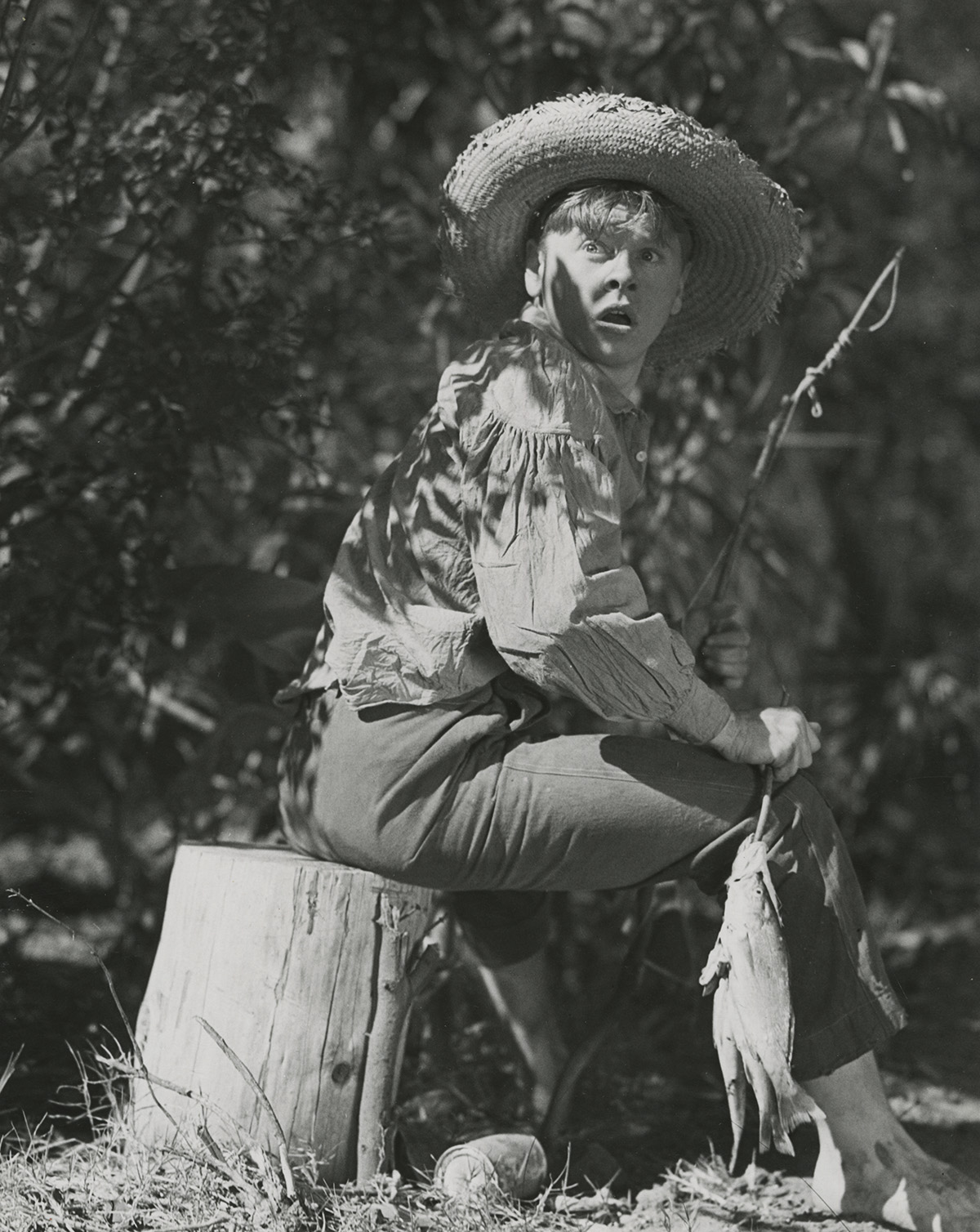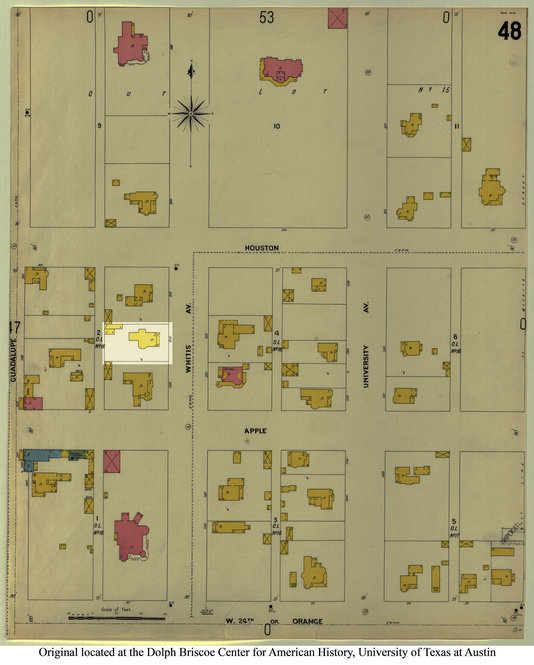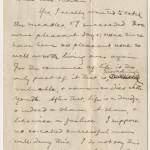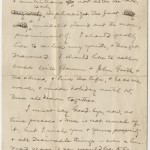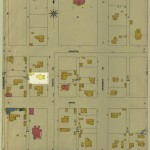The Ransom Center kicks off the series “Films of 1939” with a screening of The Adventures of Huckleberry Finn this Thursday, October 2, at 7 p.m.
1939 is widely considered by film historians to be one of the most outstanding years in filmmaking. In conjunction with the Harry Ransom Center’s exhibition, The Making of Gone With The Wind, which marks the 75th anniversary of the film, the Ransom Center will screen three other films released in this prolific year: The Adventures of Huckleberry Finn, Idiot’s Delight, and The Wizard of Oz.
The screenings are free and open to the public. The Ransom Center’s Charles Nelson Prothro Theater has limited seating. Line forms upon arrival of the first person, and doors open 30 minutes in advance.
The Adventures of Huckleberry Finn
Thursday, Oct. 2, 7 p.m.
Mickey Rooney and Rex Ingram star as Huck and Jim in this adaptation of the Mark Twain classic. Daring boy Huck (Rooney) sails down the Mississippi River with Big Jim (Ingram), an enslaved man running away from being sold. Ingram turned down the role of Big Sam in Gone With The Wind to play Jim. Film run time is 91 minutes.
Idiot’s Delight
Thursday, Nov. 6, 7 p.m.
Starring Clark Gable and Norma Shearer in their third film together, Idiot’s Delight follows disparate travelers stranded at an Alpine hotel when the borders are closed with war imminent. MGM hoped to reunite Gable and Shearer as Rhett and Scarlett in Gone With The Wind, but the negative public response to rumors of Shearer’s casting ensured that it would not happen. Film run time is 107 minutes.
The Wizard of Oz
Thursday, Dec. 4, 7 p.m.
In in this early Technicolor classic directed by Victor Fleming, Judy Garland stars as Dorothy Gale, who is swept away to a magical land by a tornado and embarks on a quest to see the wizard who can help return her home. After completing work on The Wizard of Oz, Fleming took over as director of Gone With The Wind after George Cukor left the production. Film run time is 102 minutes.
Image: Film still from The Adventures of Huckleberry Finn.
